What Are The Differences Between Whales And Dolphins?
Whales and dolphins have so many similarities that people often mix them up. But, there are clear differences between them.

Whales and dolphins are both sea mammals that belong in the order Cetacea, along with the porpoise.
These three creatures have so many similarities that people often mix them up, especially as regards whales and dolphins.
Take for instance the case of the orca or killer whale, which is genetically a dolphin though it has ‘whale’ attached to its name.
While whales and dolphins have many features in common, there are also clear differences between each of these creatures. Let’s take a look at the major ones.
Physiological Structure
-
Teeth
The Cetacea group is divided into two groups: the toothed whales and the baleen whales.
Dolphins, porpoises and some whales, like the sperm whale, belong to the toothed category.
The baleen whales are the filter-feeders. They don’t have teeth but rather baleen plates that they use to filter food out of water. Some of the largest whales belong to the baleen category e.g. the humpback whale, and the blue whale (the largest whale on earth).
Another difference is in the shape of their teeth. Dolphins have fine, conical-shaped teeth which they use to grab and drag their prey into their mouth. Other toothed whales have spade-shaped teeth that are not as sharp as the dolphin’s.
To make it easier to understand: baleen whales are usually larger and slower than toothed whales.
-
Size
The most notable difference between a dolphin and whale is body size. Whales are currently the largest creatures on earth. Some grow as long as 80 to 100 feet.
Dolphins typically grow to between 6 and 12 feet long with the largest dolphin being the fearsome orca or killer whale.
-
Other Features
Most dolphins have an elongated beak that the whales do not have. In addition, baleen whales have two blowholes but toothed whales have just the one.
Preferred Habitat And Other Characteristics
-
Preferred Habitat
Their location is also varied. Whales tend to have a more cosmopolitan distribution though they only live in saltwater. They cannot stay for long periods in fresh water.
Dolphins also live in saltwater, but a few river dolphins can make ‘special appearances’ in freshwater. Such dolphins include the pink Amazon River dolphin.
-
Swimming Speed
Dolphins are fast swimmers and more agile in water compared to whales. Obviously, the larger bodies of the whales translates to a slower pace.
The only exception is the fin whale which swims quite fast at speeds of up to 25 miles an hour (40 km/h). That has earned it the nickname ‘greyhound of the sea.’
Dolphins can live up 60 years old. In contrast, whales live up to about 110 years or in the case of the Bowhead whale, up to 200 years.
-
Intelligence
Individuals tend to pay attention more to dolphins because they think dolphins are more brilliant than whales. In reality, whales and dolphins are both intelligent. Dolphins can also be seen as more friendly.
Dolphins seem more familiar with humans, and tend to not show uneasiness around people.
-
Social Interactions
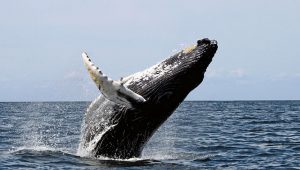
Dolphins are also more social than whales in the wild. You’ll find dolphins swimming in large groups together, and they enjoy living like this.
Other than for breeding purposes, migrating, or a mother whale with its calf, you’ll rarely see a group of whales swimming together.
-
How Whales And Dolphins Use Sound
Sound is very important to baleen and toothed whales as they use it for navigating and communicating, or for locating prey. However, the way they use sound differs.
In the case of dolphins, they have a distinctive clicking/whistling sound they make. Researchers have observed that dolphins can use these sounds to call each other from afar. Almost like how humans use names to call one another.
Dolphins also use sound for echolocation while hunting. Echolocation works as a sonar system and lets the dolphin interpret information about objects (prey, predators, etc.) in the water around it.
Whales also make a variety of sounds like roars, groans, squeals, and moans though scientists are not sure how they make these sounds since they don’t have vocal cords.
Some of these whales produce sounds that last for up to 10 minutes at a time. Hence they’ve earned the term ‘whale song.’
Baleen whales use sound more for communication and navigation.
Differentiating between dolphins and whales can be confusing but as a rule-of-thumb remember, all dolphins are a type of whale, but not all whales can be classified as dolphins.

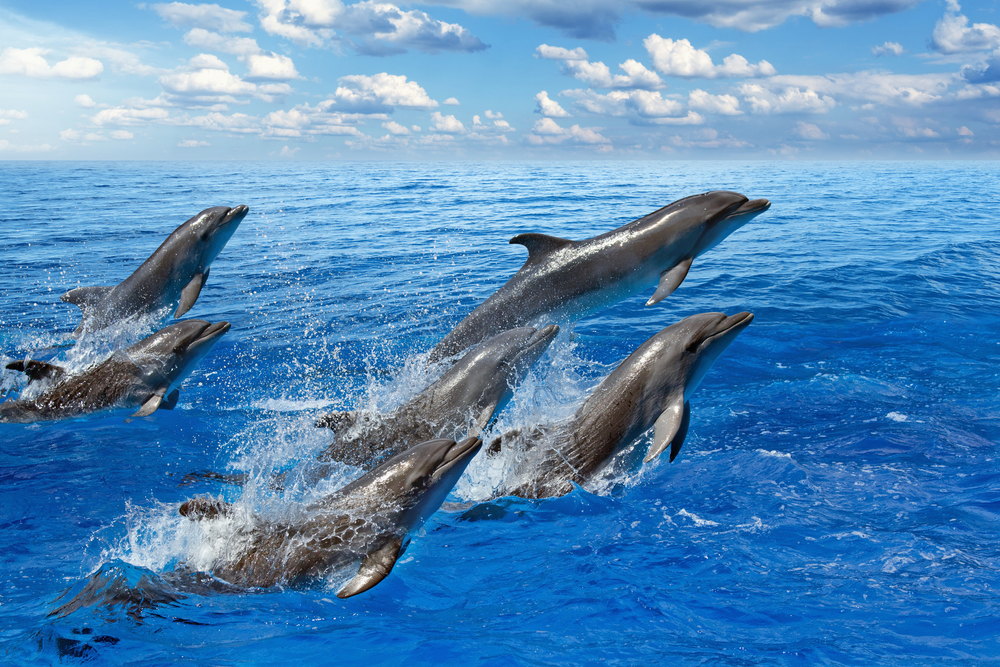

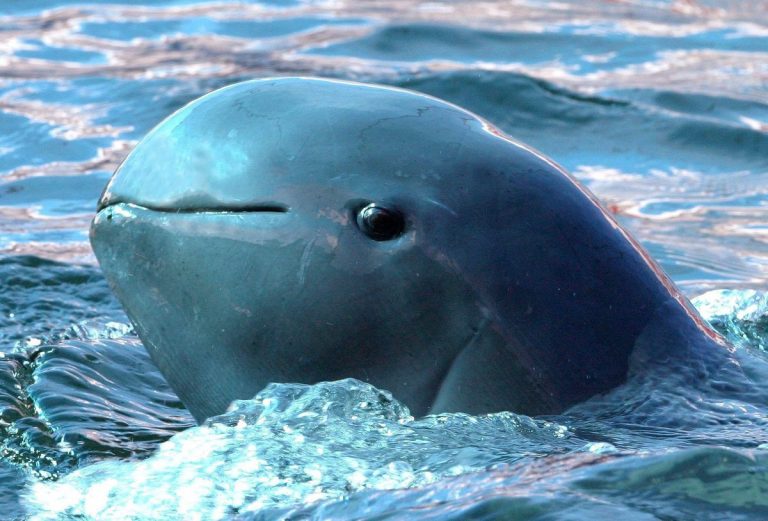
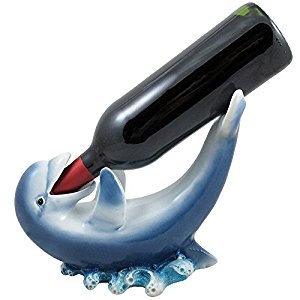
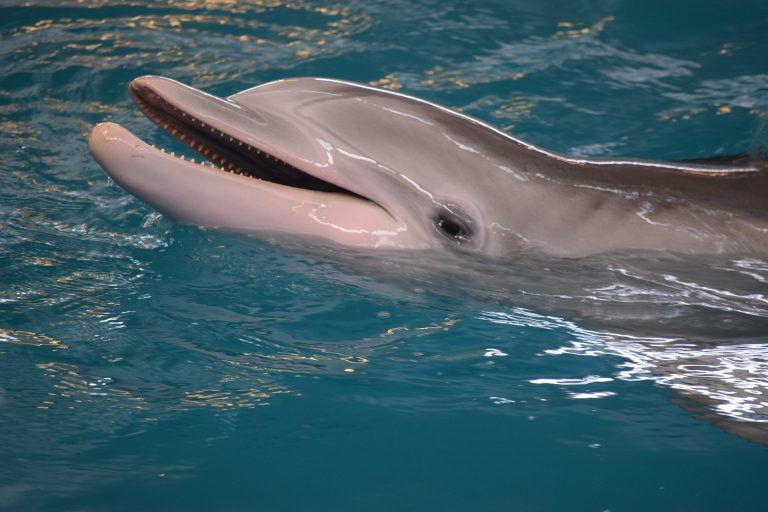
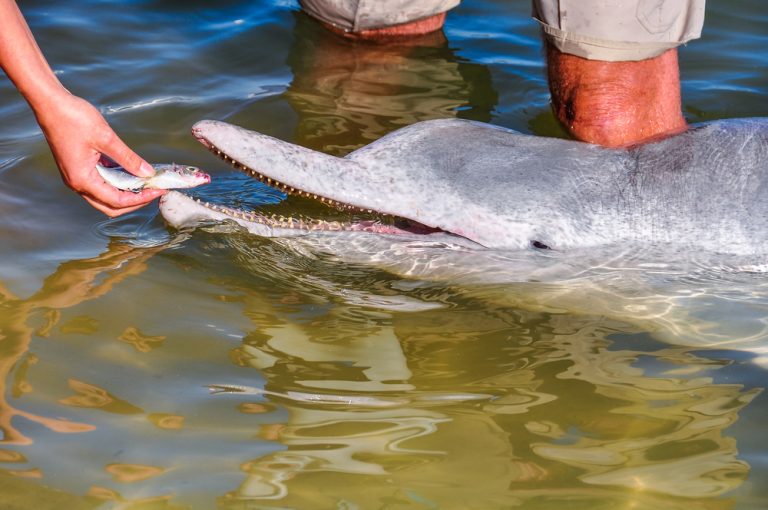
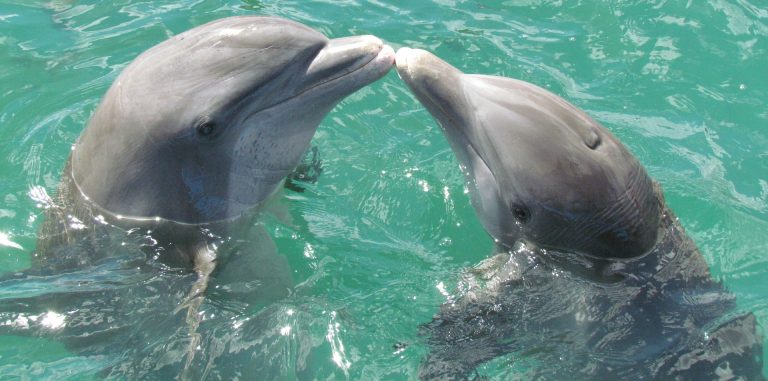
Very interesting, didn’t know Dolphins live up to 60 years and whales up to 110 years.
Such a great blog. Thanks for wonderful information. I absolutely love all these beautiful creatures. They are just so amazing!!
I enjoyed learning about the differences. Great post!
Interesting facts about the differences. Thanks for the info.
So many interesting facts . Always loved dolphins
Wow I didn’t know most of this and there seems to be so much to learn!